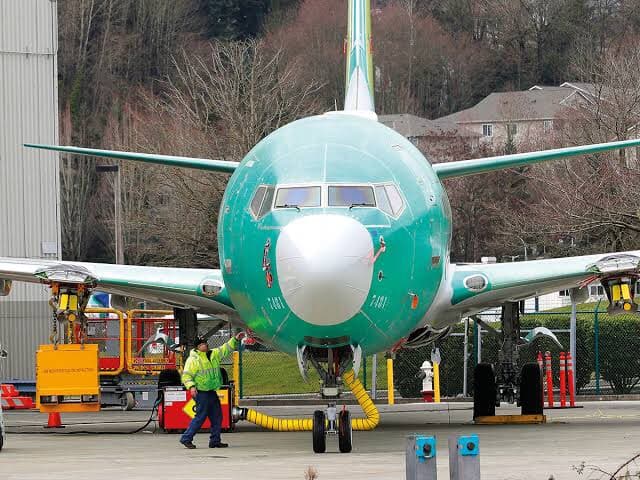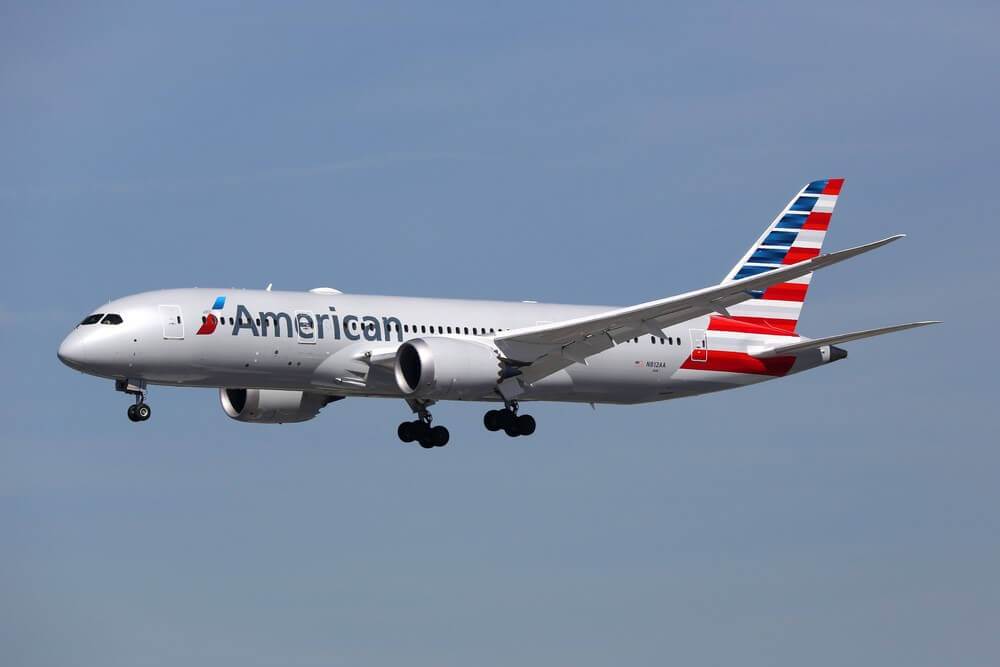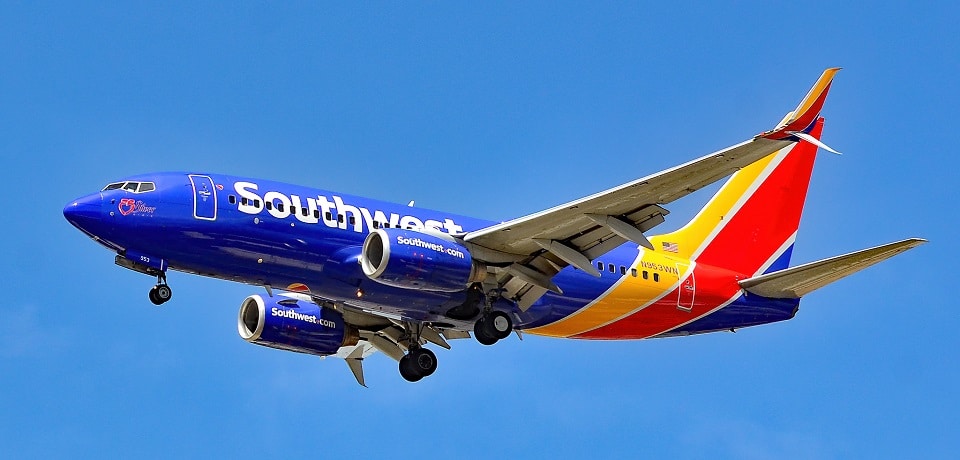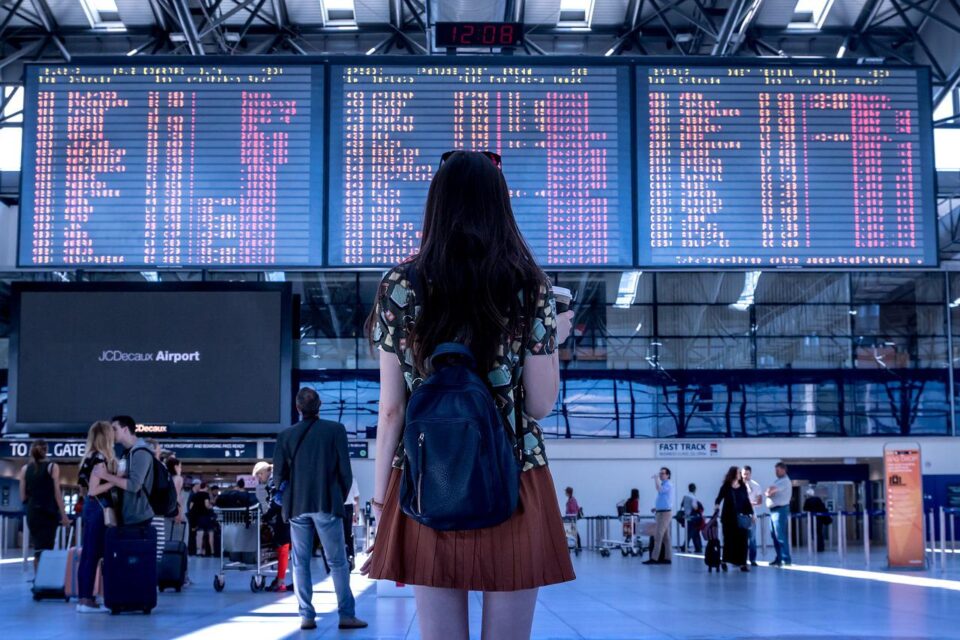Aviation
Boeing Statement on AOA Disagree Alert

On every airplane delivered to our customers, including the MAX, all flight data and information needed to safely operate the aircraft is provided in the flight deck on the primary flight deck displays. This information is provided full-time in the pilots’ primary field of view, and it always has been.
Air speed, attitude, altitude, vertical speed, heading and engine power settings are the primary parameters the flight crews use to safely operate the airplane in normal flight. Stick shaker and the pitch limit indicator are the primary features used for the operation of the airplane at elevated angles of attack. All recommended pilot actions, checklists, and training are based upon these primary indicators. Neither the angle of attack indicator nor the AOA Disagree alert are necessary for the safe operation of the airplane. They provide supplemental information only, and have never been considered safety features on commercial jet transport airplanes.
The Boeing design requirements for the 737 MAX included the AOA Disagree alert as a standard, standalone feature, in keeping with Boeing’s fundamental design philosophy of retaining commonality with the 737NG. In 2017, within several months after beginning 737 MAX deliveries, engineers at Boeing identified that the 737 MAX display system software did not correctly meet the AOA Disagree alert requirements. The software delivered to Boeing linked the AOA Disagree alert to the AOA indicator, which is an optional feature on the MAX and the NG. Accordingly, the software activated the AOA Disagree alert only if an airline opted for the AOA indicator.
When the discrepancy between the requirements and the software was identified, Boeing followed its standard process for determining the appropriate resolution of such issues. That review, which involved multiple company subject matter experts, determined that the absence of the AOA Disagree alert did not adversely impact airplane safety or operation. Accordingly, the review concluded, the existing functionality was acceptable until the alert and the indicator could be delinked in the next planned display system software update. Senior company leadership was not involved in the review and first became aware of this issue in the aftermath of the Lion Air accident.
Approximately a week after the Lion Air accident, on November 6, 2018, Boeing issued an Operations Manual Bulletin (OMB), which was followed a day later by the FAA’s issuance of an Airworthiness Directive (AD). In identifying the AOA Disagree alert as one among a number of indications that could result from erroneous AOA, both the OMB and the AD described the AOA Disagree alert feature as available only if the AOA indicator option is installed.
Boeing discussed the status of the AOA Disagree alert with the FAA in the wake of the Lion Air accident. At that time, Boeing informed the FAA that Boeing engineers had identified the software issue in 2017 and had determined per Boeing’s standard process that the issue did not adversely impact airplane safety or operation. In December 2018, Boeing convened a Safety Review Board (SRB) to consider again whether the absence of the AOA Disagree alert from certain 737 MAX flight displays presented a safety issue. That SRB confirmed Boeing’s prior conclusion that it did not. Boeing shared this conclusion and the supporting SRB analysis with the FAA.
Boeing is issuing a display system software update, to implement the AOA Disagree alert as a standard, standalone feature before the MAX returns to service. When the MAX returns to service, all MAX production aircraft will have an activated and operable AOA Disagree alert and an optional angle of attack indicator. All customers with previously delivered MAX airplanes will have the ability to activate the AOA Disagree alert.

Aviation
American Airlines Flight Attendant Orders First-Class Traveler to use Economy Restroom

On a recent American Airlines flight from Chicago O’Hare to Phoenix, Pamela Hill-Veal, a retired circuit court judge, found herself at the center of a disturbing incident.
Despite traveling in First Class, she was directed by a flight attendant to use the Economy Class restroom, sparking allegations of racial discrimination. According to Hill-Veal, the ordeal began when she used the dedicated First Class lavatory during the flight. A flight attendant approached her, accusing her of slamming the door and issued a warning.
Despite remaining calm, Hill-Veal faced further confrontation when she attempted to use the First Class restroom again later in the flight. The situation escalated as the flight attendant persisted in berating Hill-Veal, who felt targeted due to her race. She highlighted the disparate treatment, noting that white passengers were not subjected to similar directives.
In a distressing turn, the flight attendant followed Hill-Veal to her seat and allegedly touched her while threatening arrest upon landing. This alarming encounter left Hill-Veal feeling humiliated and traumatized, impacting her ability to rest even after the flight.
American Airlines has responded, expressing a commitment to investigating the matter and addressing discrimination claims seriously. However, the incident underscores ongoing concerns about racial bias in air travel and the need for accountability in ensuring all passengers are treated with dignity and respect.
Aviation
Southwest CEO Signals Major Shift: Farewell to Open Seating

Southwest Airlines is contemplating a significant shift away from its traditional open seating policy, a move that could signal a departure from its long-standing business model.
The potential change, which would introduce assigned seating and premium seat options, is being considered to appeal to a younger demographic of travelers. This adjustment would mark one of the most substantial alterations for the carrier since its inception in 1971.
Unlike its competitors who have embraced premium seating offerings, Southwest has stuck to its open seating approach, albeit providing the option for early boarding at a fee. However, with rivals like United Airlines witnessing revenue growth from premium seating, Southwest is reevaluating its strategy. According to Forbes, the airline industry has seen a shift in customer preferences over time, prompting Southwest to reconsider its seating model designed during an era of lower load factors.
While Southwest CEO, Jordan,told to CNBC that he has neither confirmed nor denied the possibility of premium seating, he acknowledges that the company is exploring various options. He emphasized that while it’s still early in the decision-making process, the initial results are promising, hinting at potential changes in the future.
Southwest currently operates with a single economy class cabin across its all-Boeing 737 fleet, with no assigned seating. However, the airline does offer the option for early boarding for passengers to secure their preferred seats for an additional fee. Over the years, Southwest has maintained a focus on simplicity and user-friendliness in its offerings, striving to minimize costs and complexity.
In contrast, competitors like Delta and United have capitalized on revenue growth from premium seating options such as business class, demonstrating strong upsell rates. Analysts have repeatedly questioned Southwest about the potential for introducing premium seating or additional fees, although the airline has traditionally refrained from charging for the first two checked bags.
For now, the only way Southwest passengers can secure their preferred seats is by paying for an earlier boarding position, as the airline continues to operate without assigned seating, allowing passengers to choose their seats upon boarding in a predetermined order.
Airlines
US DOT says Airlines must now pay automatic refunds for cancelled flights

The U.S. Department of Transportation (DOT) has released a final regulation requiring airlines to quickly reimburse passengers with automatic cash refunds when owed, according to a statement made by the Biden-Harris Administration.
Under the new regulation, passengers will find it easier to get refunds when airlines dramatically alter or cancel flights, cause severe delays for checked baggage, or don’t supply the additional services they paid for.
According to a statement from the Biden-Harris Administration, the U.S. Department of Transportation (DOT) has published a final rule mandating airlines to promptly compensate customers with automatic cash refunds when they are eligible. The new rule would make it simpler for customers to receive refunds from airlines in cases when they drastically change or cancel flights, cause significant delays for checked luggage, or fail to provide the extra services they charged for.
Under the latest rule from the USDOT, passengers are guaranteed refunds in several scenarios:
- Canceled or Significantly Changed Flights: Passengers are entitled to refunds if their flight is canceled or significantly altered, including changes in departure or arrival times exceeding 3 hours domestically or 6 hours internationally, departures or arrivals from different airports, increased connections, downgrades in service class, or changes less accommodating to passengers with disabilities.
- Delayed Baggage Return: Passengers filing mishandled baggage reports can claim a refund for checked bag fees if their luggage is not returned within specific timeframes after flight arrival.
- Unprovided Extra Services: If airlines fail to deliver paid extra services like Wi-Fi, seat selection, or inflight entertainment, passengers can request refunds for those fees.
The final rule streamlines the refund process, ensuring it is:
- Automatic: Refunds are issued automatically without requiring passengers to request them.
- Prompt: Airlines must refund credit card purchases within seven business days and other payment methods within 20 calendar days.
- In Original Form of Payment: Refunds are provided in the original payment method used for purchase.
- Full Amount: Passengers receive full refunds minus the value of any portion of transportation already used, including government and airline fees.
Suggest banning family seating junk fees and ensuring that parents can travel with their kids at no additional cost. No airline promised to ensure fee-free family seating prior to efforts from President Biden and Secretary Buttigieg last year. Family seating is now guaranteed free of charge on four airlines, and the Department is working on a plan to eliminate family seating junk fees.
Propose to make passenger compensation and amenities mandatory so that travelers are taken care of when airlines cause flight delays or cancellations.





















